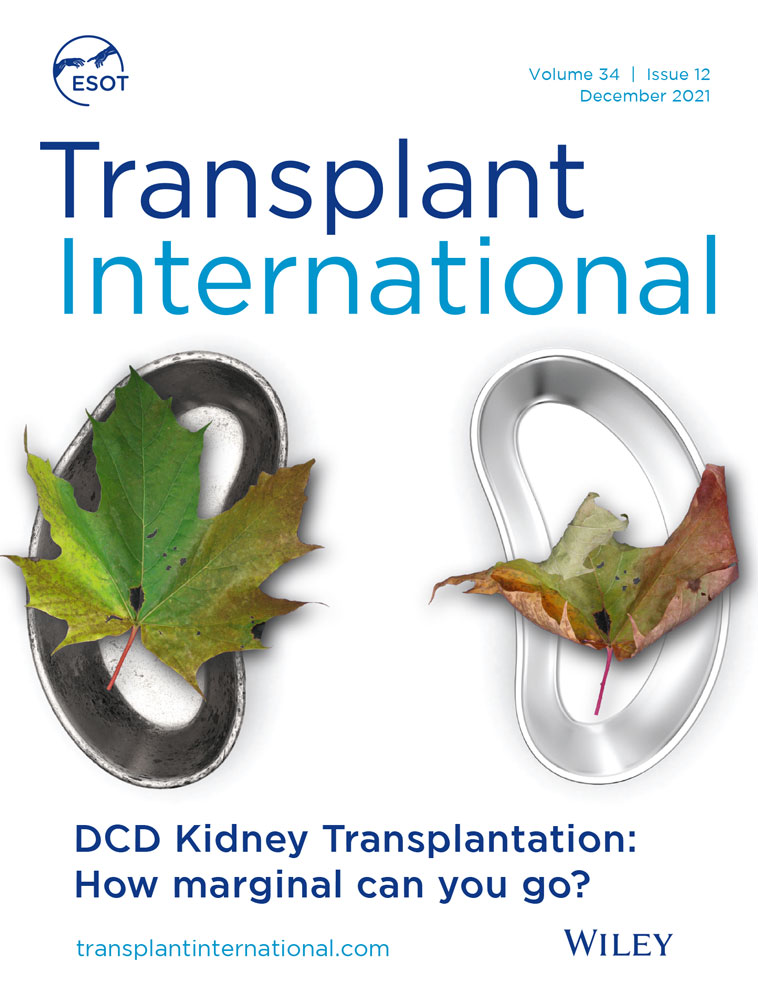Differences in binding of glucocorticoid receptor to DNA in chronic renal graft rejection
Abstract
Abstract Although chronic rejection is the most common reason for late allograft loss, its pathophysiology and etiology are unclear. Attempts to prevent chronic rejection are now focused on the modulation of transcriptional regulation. We evaluated the ability of glucocorticoid receptors (GR) to bind to the DNA binding site in peripheral blood mononuclear cells (PBMC) of five patients with chronic rejection and seven without it. Using an electrophoretic mobility shift assay, we measured the amount of nuclear glucocorticoid receptor capable of binding to its specific DNA recognition sequences, termed glucocorticoid response elements (GRE). GR binding was significantly greater in control patients than in those with chronic rejection (P < 0.01). The retarded band was almost undetectable in two patients with chronic rejection even though they were taking more prednisolone than the seven control patients, all of whom had clearly identifiable retarded bands. These results suggest a decreased ability of GR to bind to GRE in chronic rejection, resulting in a reduced ability to block key proinflammatory promoter sites. This reduced binding may be one molecular basis of chronic rejection.




